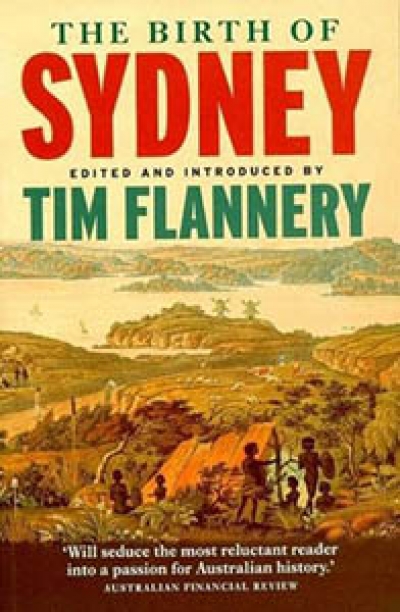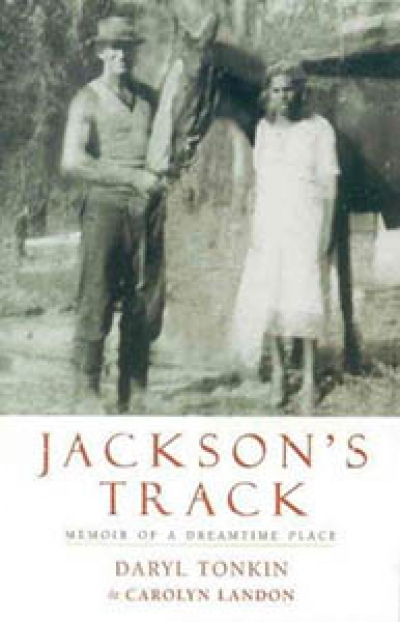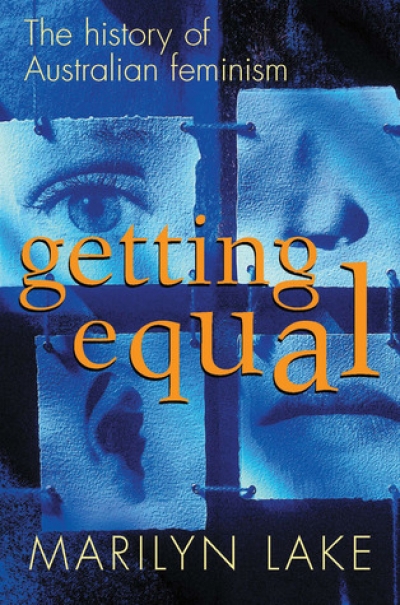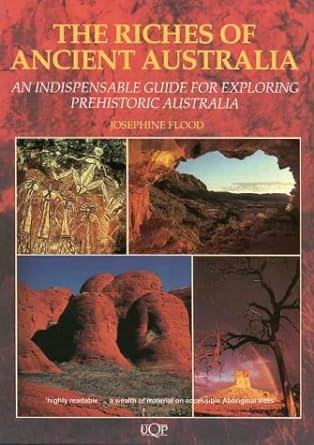Australian History
The Birth of Sydney edited by Tim Flannery & Buried Alive, Sydney 1788-92 by Jack Egan
by Robyn Annear •
Jackson's Track: Memoir of a Dreamtime place by Daryl Tonkin and Carolyn Landon
by Alison Ravenscroft •
Those Who Remain Will Always Remember: An anthology of Aboriginal writing edited by Anne Brewster, Angeline O’Neill and Rosemary van den Berg
by Philip Morrissey •
The Governor’s Noble Guest: Hyacinthe de Bougainville’s account of Port Jackson, 1825 edited by Marc Serge Rivière
by Alan Frost •
Getting Equal: The history of Australian feminism by Marilyn Lake
by Jenna Mead •
The Riches of Ancient Australia: An indispensable guide for exploring prehistoric Australia by Josephine Flood
by Mike Smith •
Why Weren’t We Told?: A Personal Search For The Truth About Our History by Henry Reynolds
by Morag Fraser •
The Country of Lost Children: An Australian anxiety by Peter Pierce
by Laurie Clancy •










